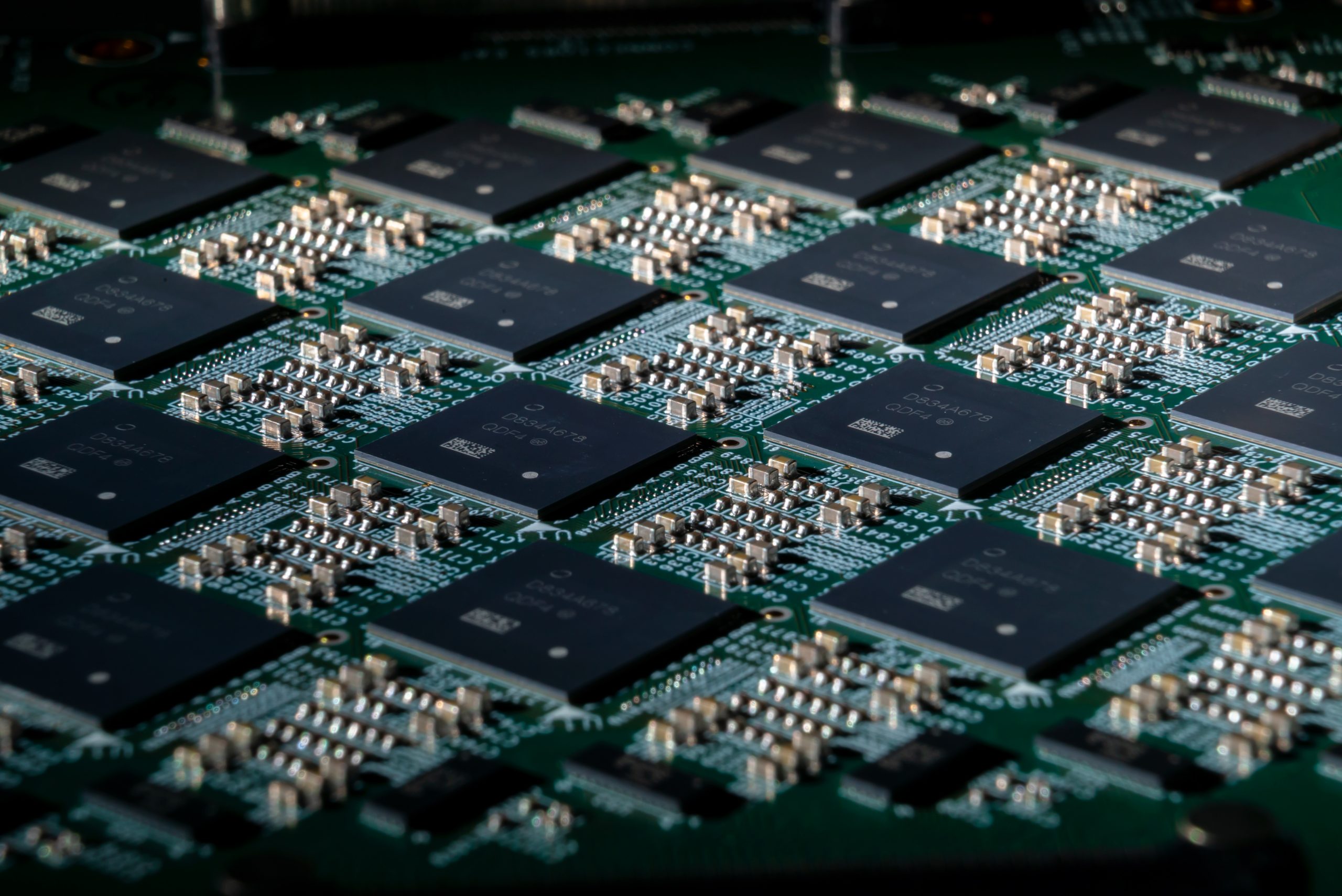
Intel announced the readiness of Pohoiki Springs on Wednesday. Pohoiki Springs is the company’s latest neuromorphic research system. It can provide the computational capacity of 100 million neurons, says Intel. The cloud-based system will be made available to members of the Intel Neuromorphic Research Community (INRC).
“Pohoiki Springs scales up our Loihi neuromorphic research chip by more than 750 times, while operating at a power level of under 500 watts,” said Mike Davies, director of Intel’s Neuromorphic Computing Lab, in a statement.
Pohoiki Springs is a data center rack-mounted system and is Intel’s largest neuromorphic computing system developed to date. It integrates 768 Loihi neuromorphic research chips inside a chassis the size of five standard servers, according to the company.
Neuromorphic computing is a rethinking of computer architecture from the bottom up. The goal is to apply the latest insights from neuroscience to create chips that function less like traditional computers and more like the human brain, says Intel.
